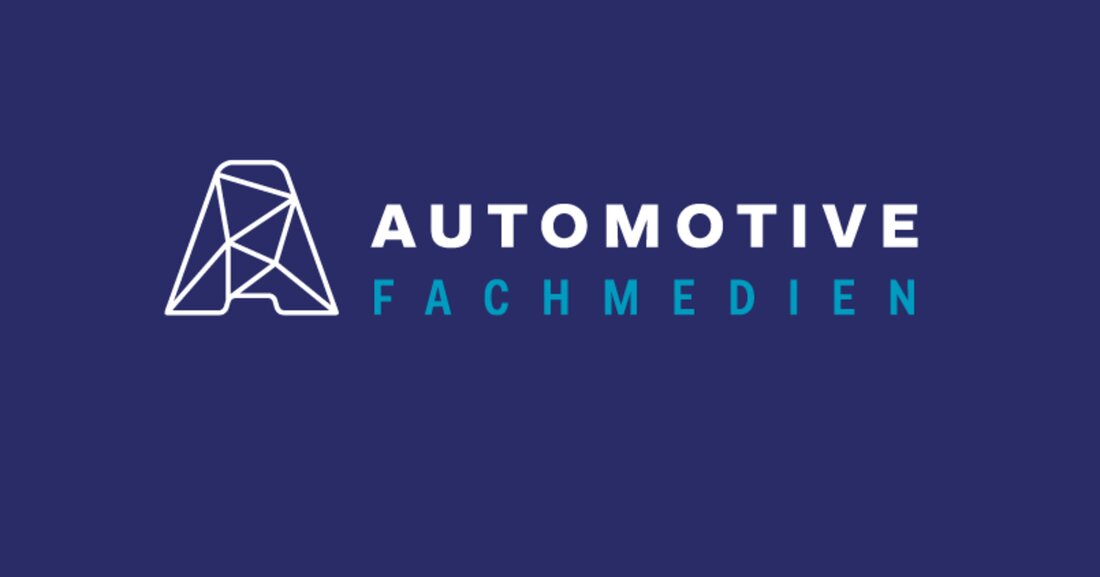Automation for the paint booth
AKZONOBEL is launching an innovation that will instantly make processes in the paint booth faster, safer and more profitable. New times are dawning with the Paint PerformAir (PPA).

Automation for the paint booth
The Paint PerformAir is the answer to the increasing cost pressure in the workshops," says Armin Dürr, Technical Manager DACH, in a nutshell. The PPA meets the growing need for standardized processes. "We are bringing automation into the paint booth, with and for the painter," says Dürr. The focus of the new technology is to support and improve the working conditions of the painter.
OUTSTANDING FEATURES
The PPA has four outstanding properties that specifically compensate for the external influencing factors that can make the painting process error-prone or more difficult. It creates and maintains charge-free surfaces, tempers and humidifies the compressed air and makes the painter independent of the ambient temperature and existing humidity. “With the PPA, the painter has the best possible working conditions and can rely entirely on his skills,” explains Armin Dürr.
“With the PPA, the painter has the best possible working conditions.”ARMIN DÜRR, AKZONOBEL, TECHNICAL MANAGER DACH
DECISIVE ADVANTAGE
With the PPA, the painting company gains a decisive market-wide advantage, which not only affects the performance of the painters, but also the entire energy and process costs of the company. “Specifically, we are talking about up to one more pass per day for certain process sequences,” emphasizes Dürr. And he puts it specifically: “The potential for savings, for example in finishing costs, is between ten and 25 percent.” According to Armin Dürr, the focus in development was not on saving materials, but on process optimization.

 Suche
Suche
 Mein Konto
Mein Konto